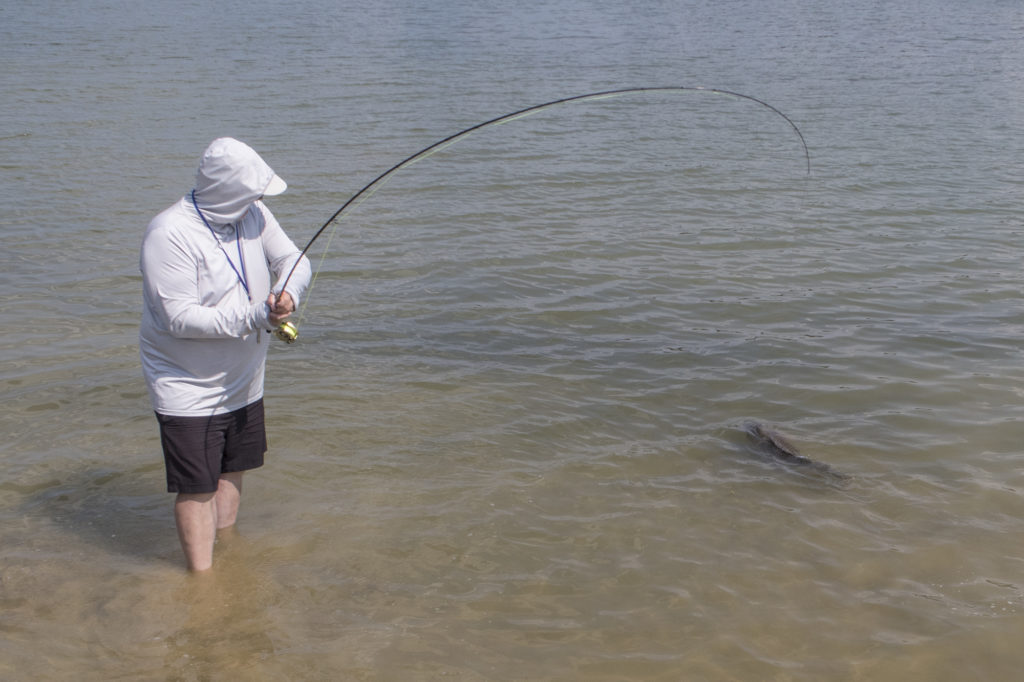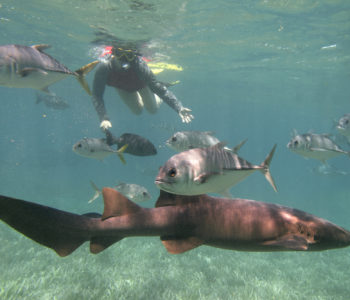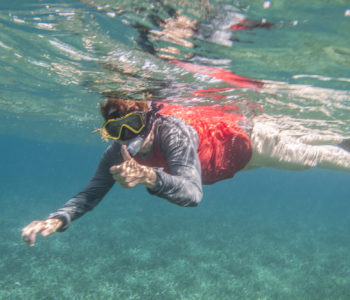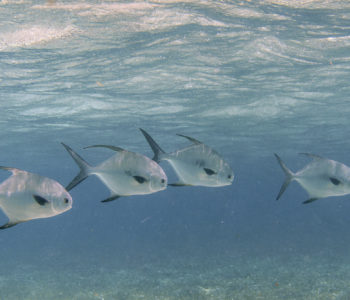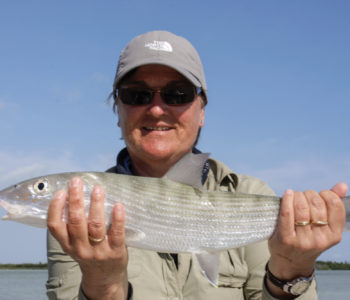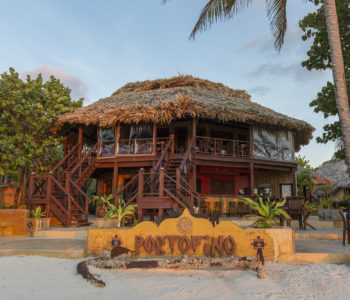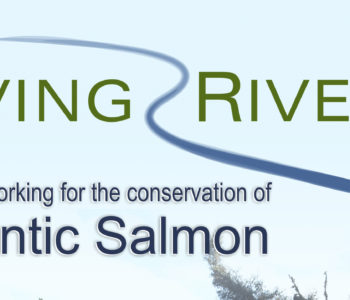
Carp on a fly
We don’t have so much history on fly fishing and sadly wild trout and grayling have been disappeared from our waters a long time ago. The last ones I personally remember from my favourite river as a child in the early 1960’s. At the age of eight I actually experience how my local river got polluted for the first time and it happened when I was fishing during my long summer holiday. The pollution must have been enormously because it had killed all the fish over an area for more than 30 kilometres. There were two rivers involved and the pollution came from in Belgium. Unfortunately the perpetrator never has been punished because there were no rules for pollution in those days and it all ended as a sad case of force majeure. My river never overcame from that disaster and trout and grayling never been returned.
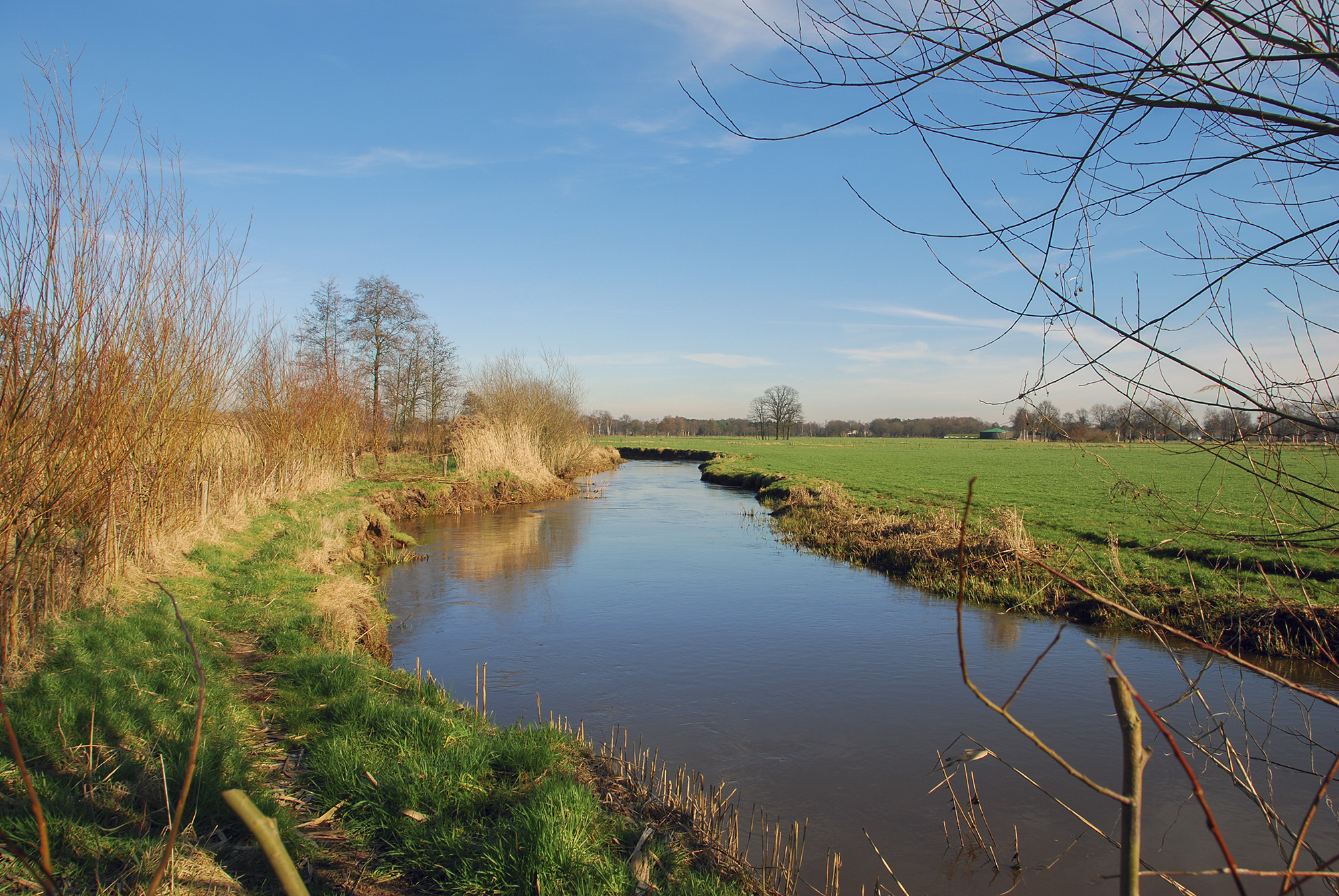
I think the lack of grayling and trout in our rivers makes Dutch fly fishers quite creative and skilled to go after so many other species of fish. Fly fishing in the Netherlands became more and more popular somewhere in the 1960’s and it all started on rudd, ide, perch and pike. It perhaps might look strange for many but catching coarse fish on flies is enormous popular in our country. For us it is not strange at all especially if coarse fish are the only species to catch on fly.

To catch all these coarse fish you needed a lot of special flies. Fishing flies that were not for sale and that’s why fly tying in the Netherlands probably became so immense popular too. Who doesn’t know the big stories about Dutch fly tiers who designed those enormous monster pike flies? We call them half chickens.
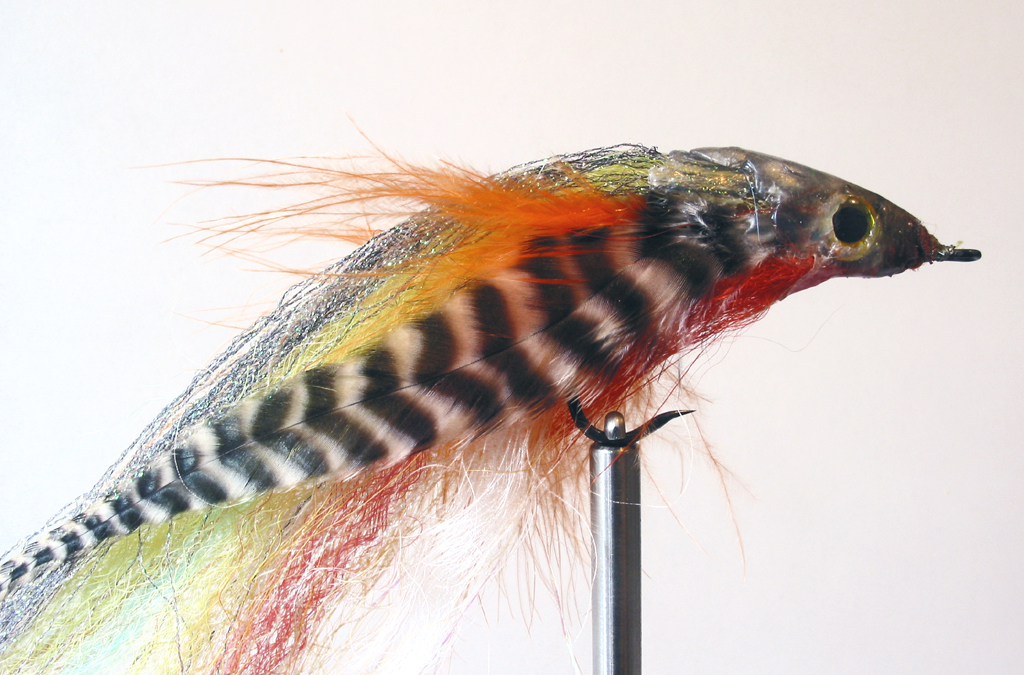
I remember well how one of my late Norwegian friends came to the Dutch Fly Fair in the 1980’s and wanted to try his luck on bream and ide with fly as we did. All he said in the end that it was a lot easier for him to catch a salmon than a bream in Dutch waters. I also respect all kind of fish and I like to catch as many different species as possible. This drive actually started real serious when I lived in Germany in the early 1980’s after I had succeed with flies for asp, carp, perch, bream, rudd, roach, pike, pike-perch and even an European catfish (wels) in the local fishing pond from the Dutch army that was based in the northern part of Germany during the cold war. The pond was teeming with fish and many different species too. The only thing I don’t like to do is catch small fish with my relative large flies. I don’t want to harm them that’s all. Nowadays I fish all around the globe for all kind of species.

I don’t remember when exactly I caught my first carp on a fly but I know exactly where and when. It happened in my home country Holland during early spring fishing for Ide and Rudd somewhere in the mid 1970’s in a huge private pond that nobody fished so all carp and other species feed exclusively on natural food. These places are the best of the best when you want to try fly fishing for carp. Ponds were there are lots of carp anglers I don’t like at all because these fishermen throw in tons of bait food to attract the carp or to seduce them to stay at their fishing spots. As soon that happens the carp start to feed more on smell too and have lost their habit to go after natural food only. I caught my first carp by accident on a kind of black and brown Bivisible full hackled fly and I was hooked right away. The fly was totally destroyed but I continued very successfully with a red and black variation, Below the original patterns from those days.
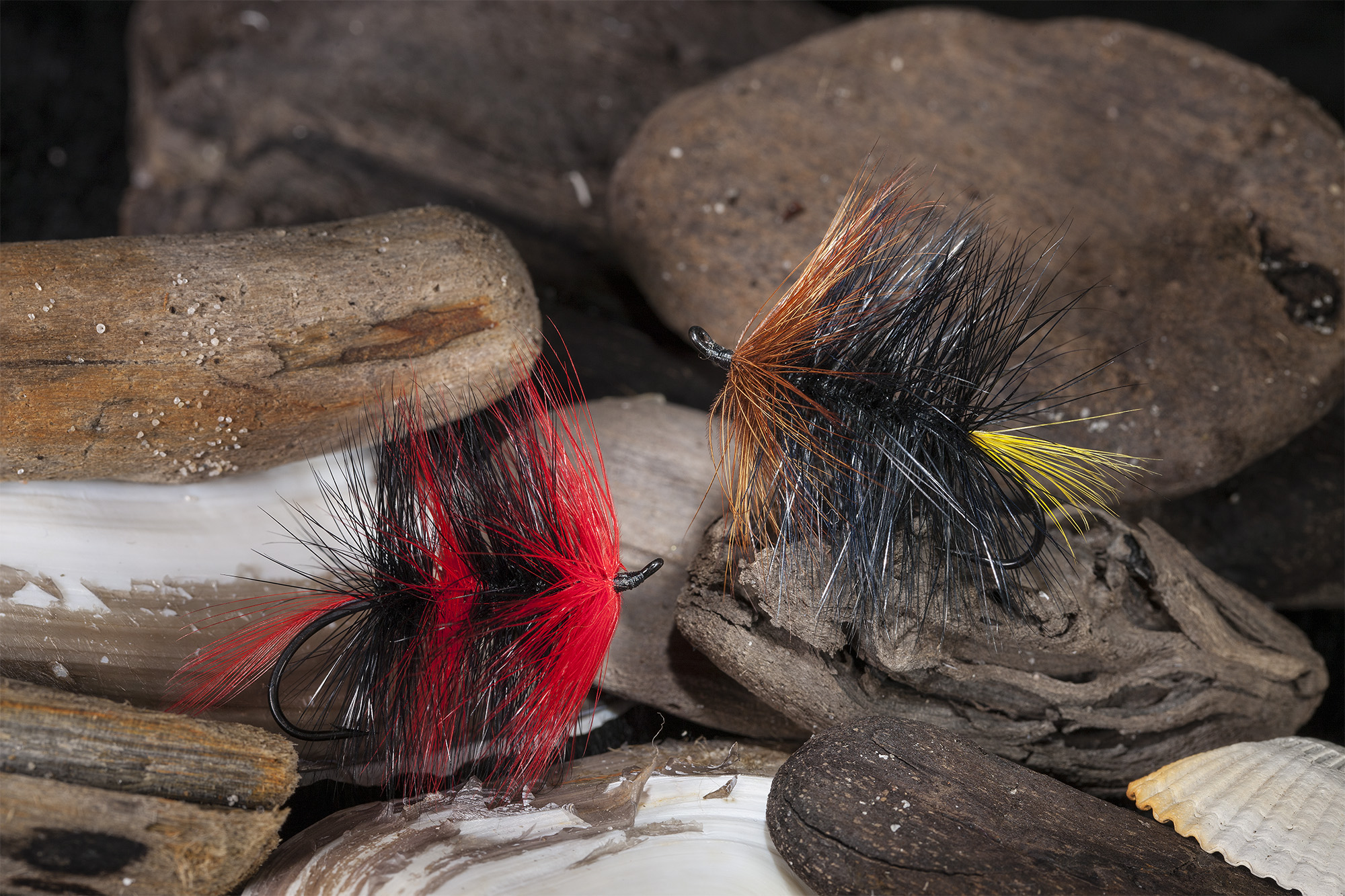
Fly fishing for carp is a real spectacle especially when you use very light tackle for them as I do. I don’t advise that until you have landed quite a few or are more experienced. I fish very light all my life and are very well used to it. Where many anglers use a 10weight I easily give it a try with my powerful #7 weight. I have a very special carp rod with an amazing parabolic action. It is a #6 weight but feels more like a powerful #4weight or light #5 weight. I need the #6 just to make the distance.
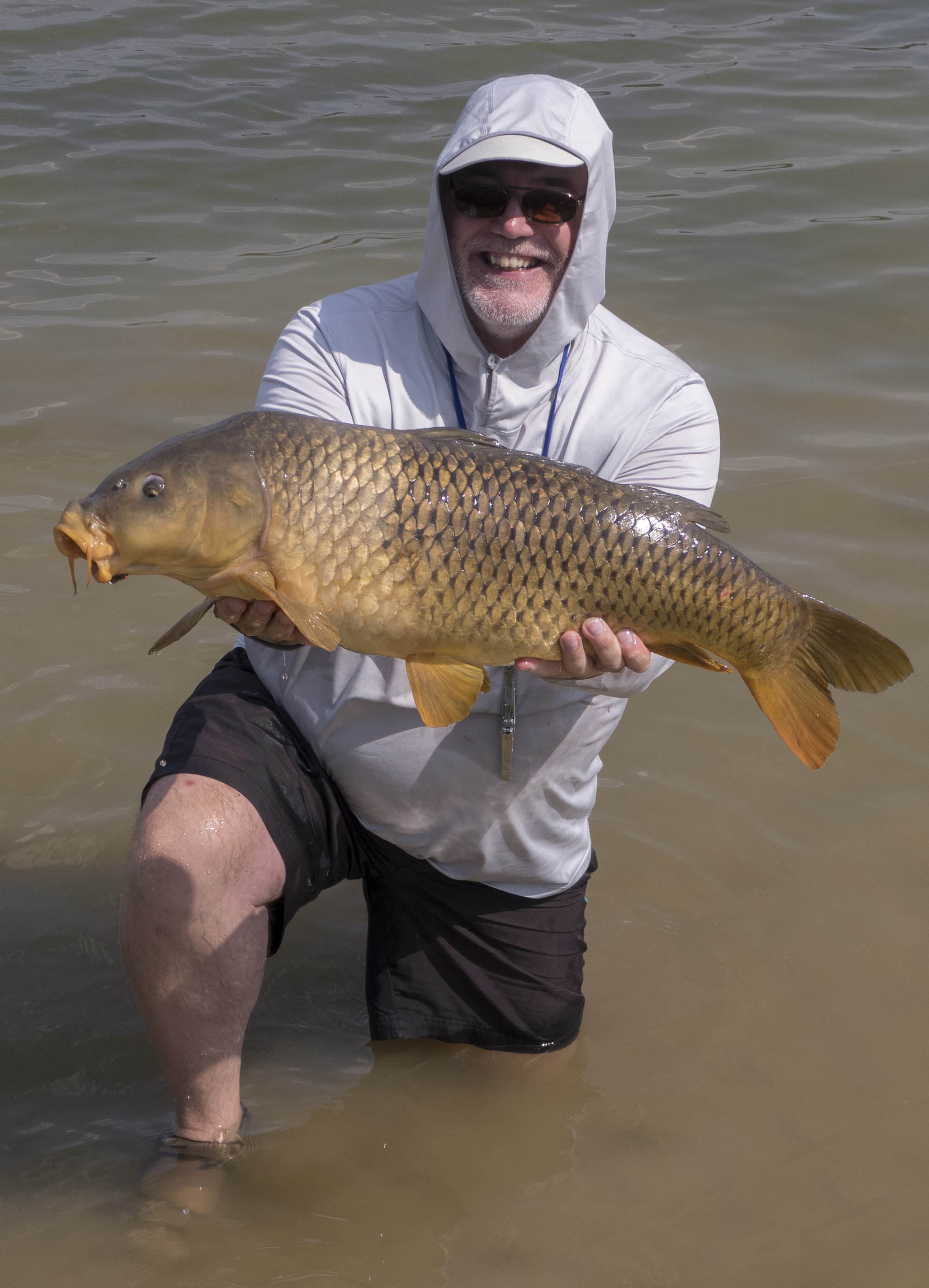
There actually two completely different ways or fly fishing for carp and each of them need its own particular equipment. If you fish weedy waters you will need heavier rods and much thicker tippet to handle them between the weeds, but in big sand or gravel pits that hardly have weeds it is a total different story. It are the crystal clear sand and gravle pits where I go and have a lot of fun in late spring and early summer.

However, the last few years the spring fishing has become more and more successful, probably because the warmer winters and higher average temperatures. It also depends on the dept of the gravel pit where I am fishing. The deeper the colder the water and the later the carp gets active. As soon the sun gets more power and the top layer of the water is rising in temperature, carp seems to love it to have their sunbathe after the winter.

Carp also start to move to sandbanks to enjoy the first warmer water of the shallows. This all happened before the spawning and that is my prime time to go for them. The warmer it gets the more active they get and the more eager and fanatic they go after fishing flies.
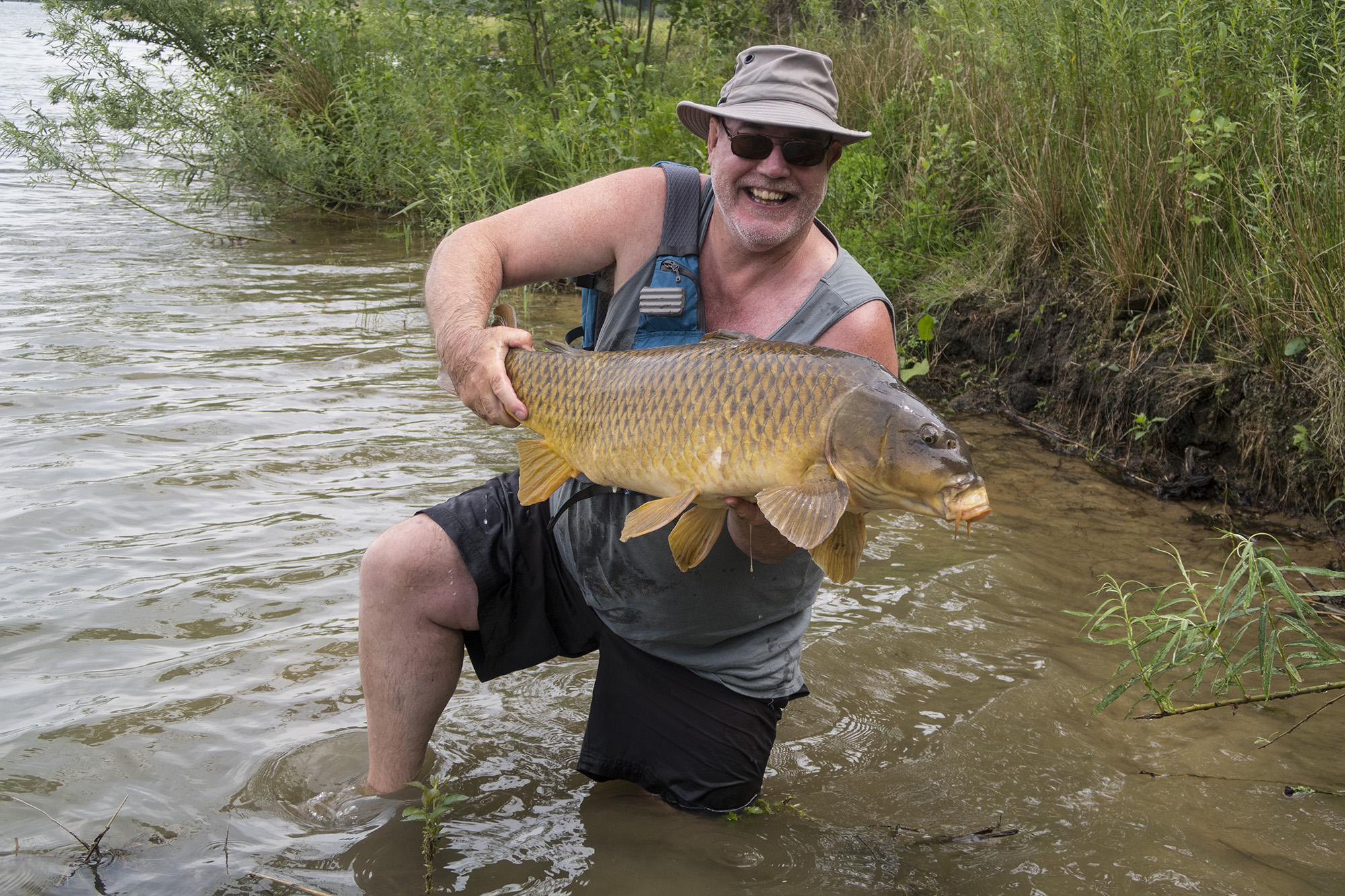
Because the carp enormous fighting power it is also my prime time for testing different equipment, new flies, or other materials and fishing techniques that I have figure out during wintertime. To give you a good impression where I am talking about I did this little blog story for you. When kids are around I usual let them play and land some of the fishes that I hooked as well.
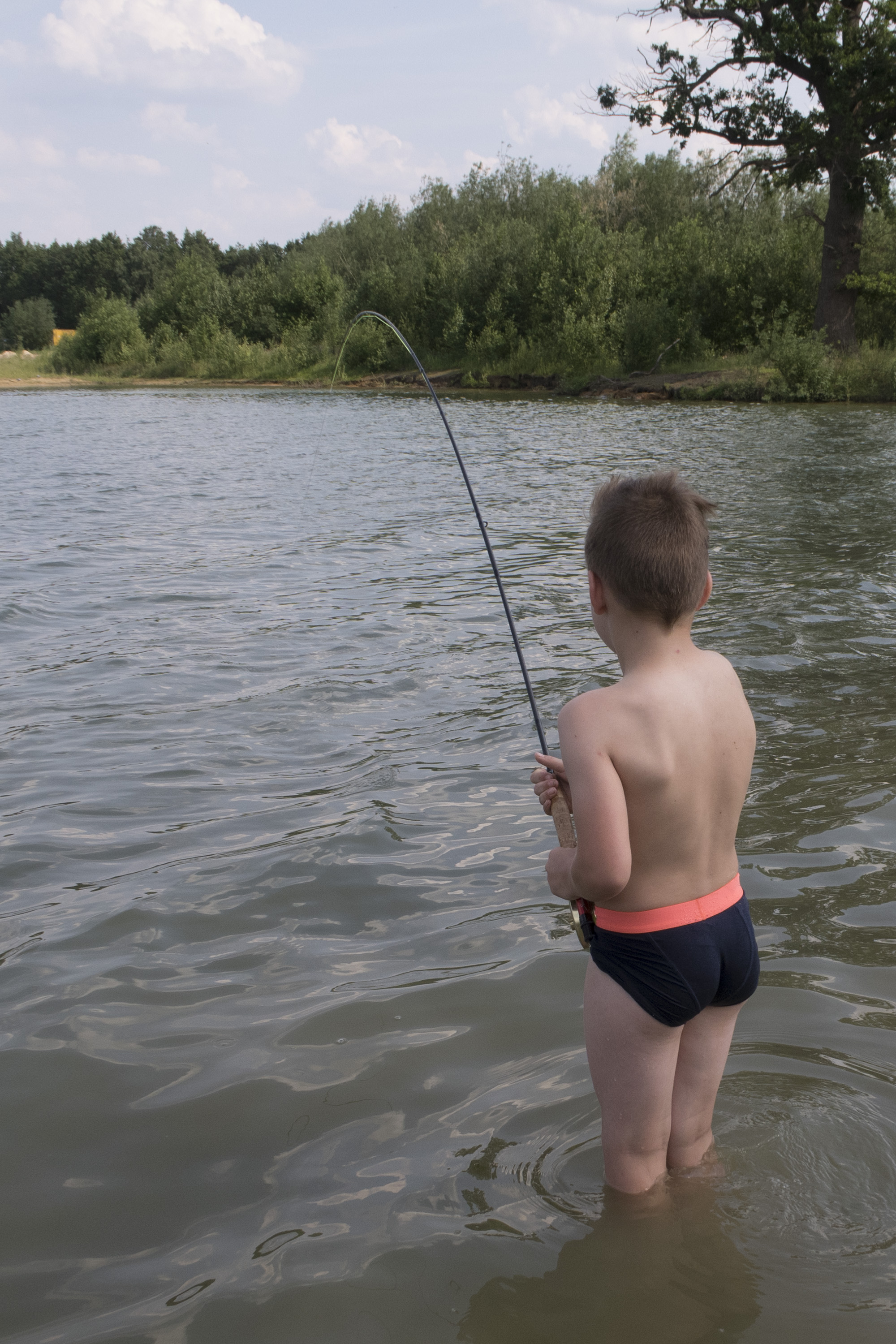
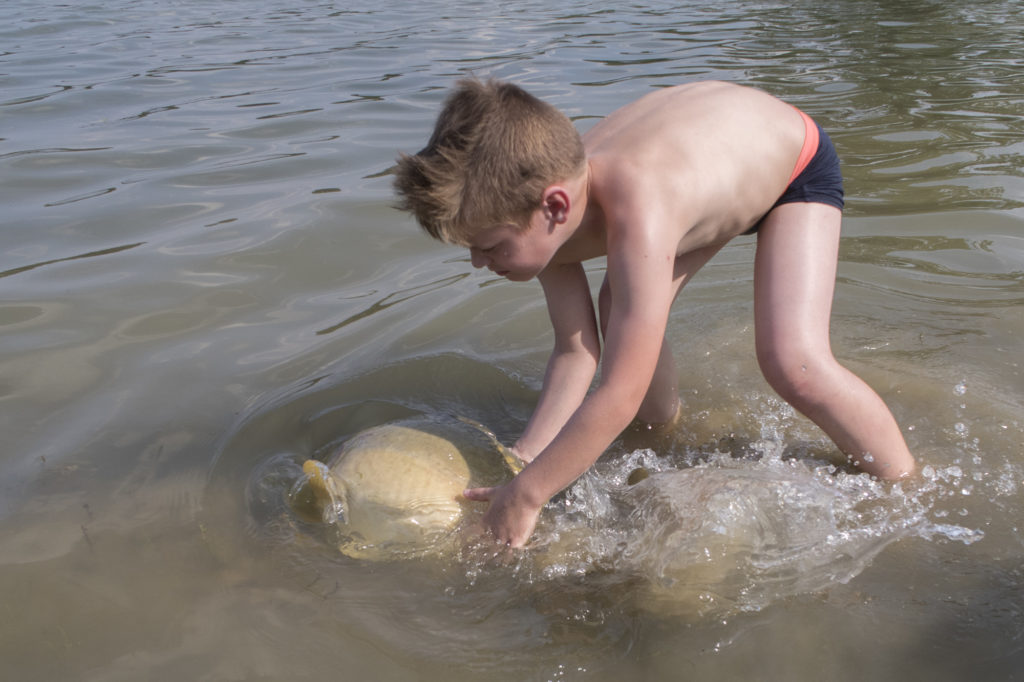


Although I test a lot of flies, I succeed most with my Leadheaded patterns when fish below the surface and my ants and Ugly bugs when it comes to serious dry fly fishing. Carp really love ant patterns and they often will even grab sizes down to size 14.

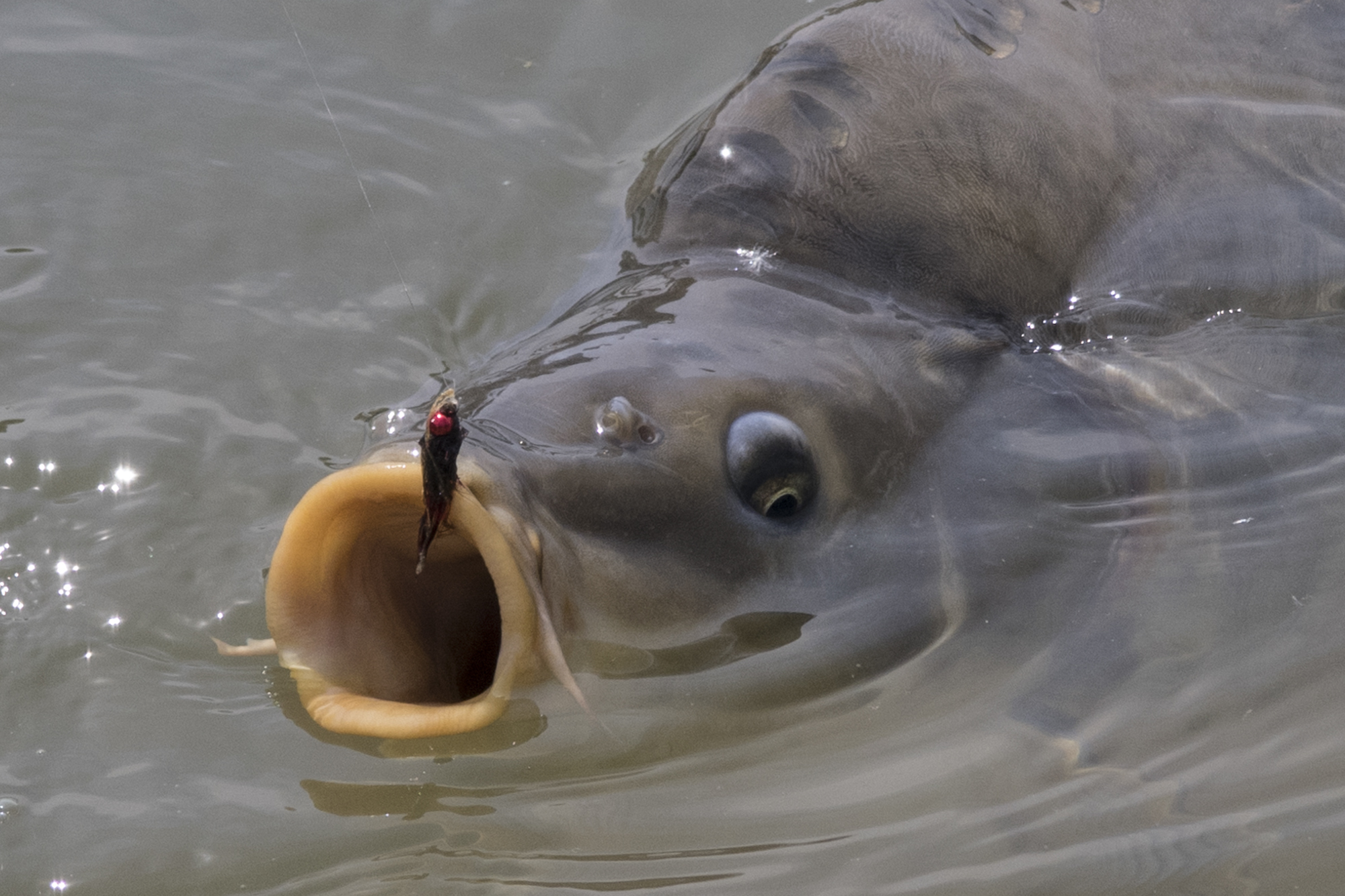


Also spider patterns and flymphs do extremely well on size 10-6 as long when fished in the surface and the hackles on the flies are extremely soft. All my carp fishing I do on sight. Every year I do new amazing discoveries and I hope to do this wonderful strong fishing for many more years to come.
